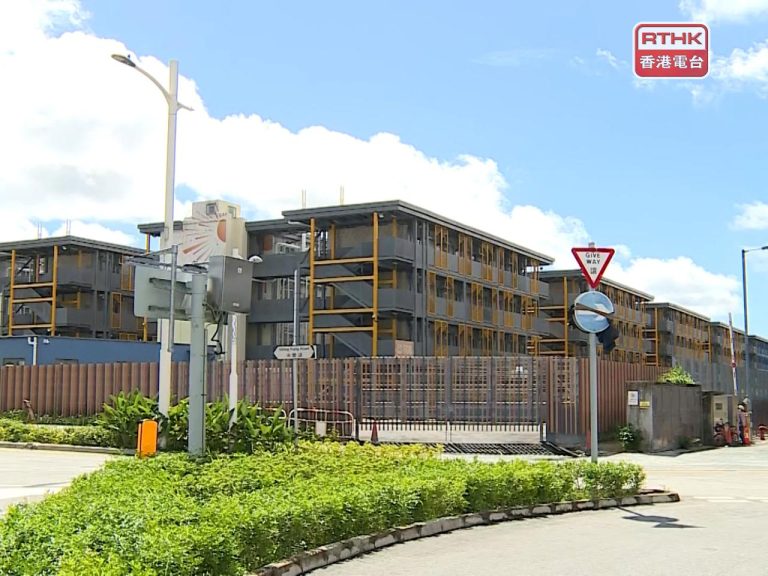Smart Motorway Innovation: Ting Kau Bridge’s Technological Leap Forward
Hong Kong’s transportation infrastructure is set to showcase cutting-edge technology with an upcoming road test on the Ting Kau Bridge that promises to revolutionize traffic management. On June 21, 2025, at precisely noon, transportation authorities will conduct a critical 15-minute operational test of their Smart Motorway Pilot Scheme, demonstrating how artificial intelligence can transform road safety and incident response.
The test will introduce several significant changes to the southbound section of the Ting Kau Bridge. For the first time, the hard shoulder will be opened to traffic, while the fast lane will be temporarily closed. Drivers should note a dramatically reduced speed limit of 5 kilometers per hour during the test period. These modifications are not merely experimental but represent a carefully planned approach to evaluating smart motorway technologies.
Since its launch on December 29 of the previous year, the Smart Motorway Pilot Scheme has already shown remarkable potential. At the heart of this innovation is a newly installed Automatic Incident Detection System powered by artificial intelligence, which supports operation staff at the Tsing Ma Control Area in identifying and managing traffic incidents with unprecedented speed and accuracy.
The system’s performance to date is impressive. By the end of May, it had successfully detected 16 traffic incidents along the road section, with the majority being minor accidents. What sets this system apart is its incredible response time: 11 of these 16 incidents were identified within just 10 seconds, allowing for immediate alerts to operational staff. This represents a staggering 90% reduction in detection time, significantly enhancing road safety and incident management capabilities.
The upcoming test on June 21 serves multiple critical purposes. Beyond evaluating the pilot scheme’s effectiveness, it will assess how motorists interact with and comply with new control signals and hard shoulder usage. Researchers will collect comprehensive operational data that will inform future strategies for implementing smart motorway technologies across broader transportation networks.
Drivers participating in or traveling near the test area should remain particularly attentive. Paying close attention to lane control signals, adhering to speed limits, and following safe driving instructions will be crucial during this experimental period. The test represents more than just a technological trial; it’s a glimpse into the future of intelligent, responsive transportation infrastructure.
This initiative underscores Hong Kong’s commitment to leveraging advanced technologies to improve road safety, traffic flow, and emergency response capabilities. By integrating artificial intelligence into transportation management, the city is positioning itself at the forefront of smart urban infrastructure development.
As transportation continues to evolve, tests like these provide invaluable insights into how technology can create safer, more efficient roadways. The Ting Kau Bridge Smart Motorway Pilot Scheme represents an exciting intersection of innovation, safety, and technological progress, offering a promising model for future transportation solutions.












